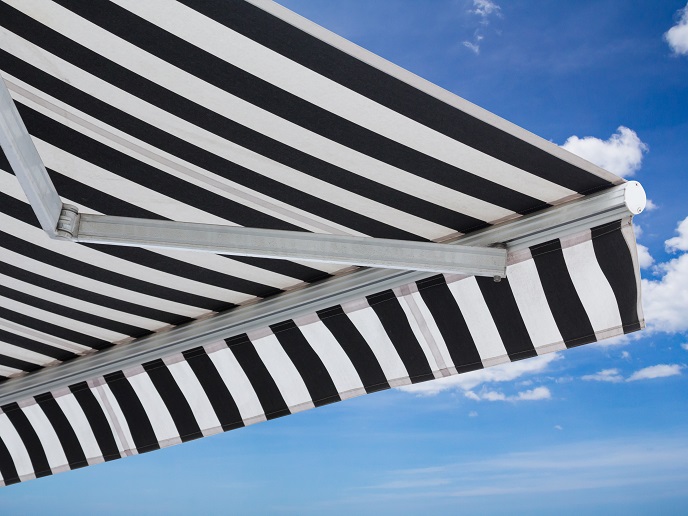Turning acrylic waste into new furniture
Outdoor awnings and patio furniture must be resistant to all kinds of weather. This is normally done by coating acrylic textiles in chemical finishes that are waterproof, fireproof and resistant to UV rays. Estimates suggest around 11 000 tonnes of acrylic outdoor fabrics are produced each year and around 2.5 million awnings are installed in Europe. However well-protected they are, these products don’t last forever. And the chemical finishes make recycling them notoriously difficult. This creates a large amount of environmental waste – around 8 000 tonnes per year – which often ends up in landfills. To tackle this problem, the EU-funded REACT(opens in new window) project created an innovative new process to recycle waste from acrylic fibres at the end of their lifespan, which can remove the finishes and chemical substances added to improve the fabric performance. “The main scope of REACT was to remove these undesirable and potentially hazardous substances in the most environmental- and economic-friendly way possible, in order to obtain a recycled acrylic fibre with high purity,” explains Donatella Macchia, project manager at cotton textile and clothing company Centrocot(opens in new window) and REACT project coordinator. “This creates new market opportunities for producers, increases sustainability through using fewer resources, and reduces the health and environmental risks that can occur from incineration or disposal of these materials at the end of their life,” she adds.
A focus on outdoor furniture
REACT chose to focus on the market segment that involves outdoor fabrics, specifically awnings, umbrellas and furniture. “Indeed, in this market segment, more than 90 % of fabrics for outdoor use and sun protection are made from acrylic fibre,” says Macchia. “This is due to their very good performance and characteristics that fit use, which other fibres do not have, including a combination of mechanical, UV and weather resistance.”
Creating a new yarn
The goal was to remove more than 90 % of the undesirable chemicals present in acrylic outdoor fabrics in order to produce a new yarn with recycled acrylic fibre, through mechanical recycling. The team set themselves a series of difficult challenges: creating a new yarn that was 100 % recycled; removing 99 % of chemicals in the wastewater to avoid environmental spread; and reducing the amount of acrylic incinerated or landfilled by at least 30 %, while also introducing a secondary raw material onto the market. “We achieved all objectives during the project’s run,” notes Macchia.
Bringing the recycling process to other industries
The REACT project validated their new finish removal process on acrylic fibres and also tested the same removal process on polyester fibres and plastic materials. “It should be noted that the finishing removal process validated with REACT has the possibility of intervening on other markets,” adds Macchia. “The REACT results can be extended not only to the production of acrylic textile fibres but also to polyester textile fibres, which cover 60.5 % of the global production market.” The innovative process for hazardous substance removal developed in the project is currently under investigation for a patent. “There is a strong will to bring these new REACT processes to the market,” says Macchia.







